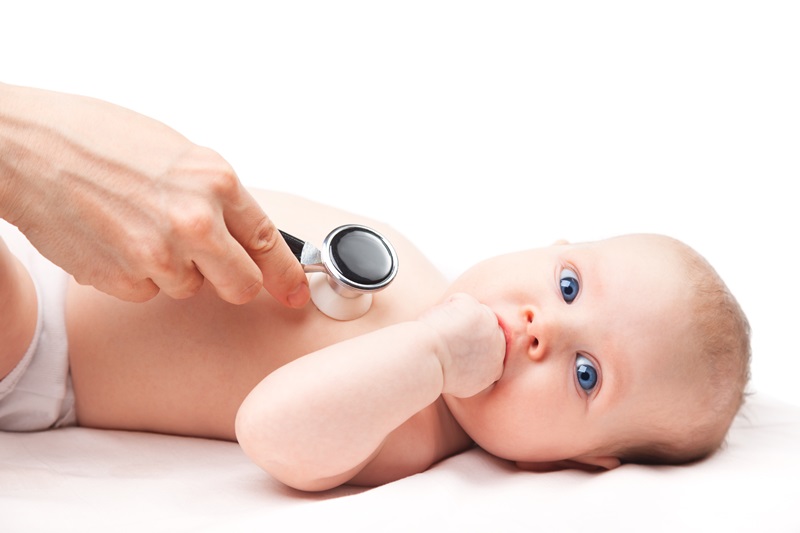Have you ever panicked because your newborn seemed to have irregular breathing, or even stopped breathing briefly?
Your child may have experienced what is now called a “brief resolved unexplained event,” or BRUE.
The American Academy of Pediatrics (AAP) has actually issued its first clinical practice guideline for babies under age 1 who have experienced a BRUE. Such an episode used to be referred to as an “apparent life-threatening event” (ALTE,) but a BRUE now includes respiratory changes — like an altered level of consciousness or when a baby stops breathing.
In the new guideline, which was published in the journal Pediatrics, BRUE is defined as a sudden episode of one or more of the following:
- Cyanosis or pallor
- Absent, decreased or irregular breathing
- Marked change in tone
- Altered level of responsiveness
Not included in the definition of a BRUE are choking or gagging, because there would be an explanation for these events — thus negating the “unexplained” part of the acronym.
Joel S. Tieder, MD, chair of the AAP Subcommittee on BRUE, told MedPage Today that BRUEs are relatively common in babies. Tieder also note they’re not seen as a precursor to sudden infant death syndrome (SIDS) — something many parents worry about.
“It’s a little hard to understand the epidemiology, but typically developing infants normally have periods of cyclical breathing with pauses, so a lot of parents will note these pauses, but that’s normal, particularly during sleep,” Tieder explained. “Infants can have irregular respiration in REM sleep, and that’s present in all ages including adulthood. Oxygen desaturation is quite common in infants during sleep, so just because there’s brief desaturation doesn’t mean that’s linked to an abnormality or underlying condition.”
The new AAP guideline aims to cultivate a “patient-and family-centered approach to care, reduce unnecessary and costly medical interventions, improve patient outcomes, support implementation, and provide direction for future research,” the authors wrote in Pediatrics. Treatment recommendations vary depending on the type of the event and whether infants are considered low-risk or high-risk. A full description of the types of events considered BRUEs, along with their treatment recommendations, can be found on the AAP site.
